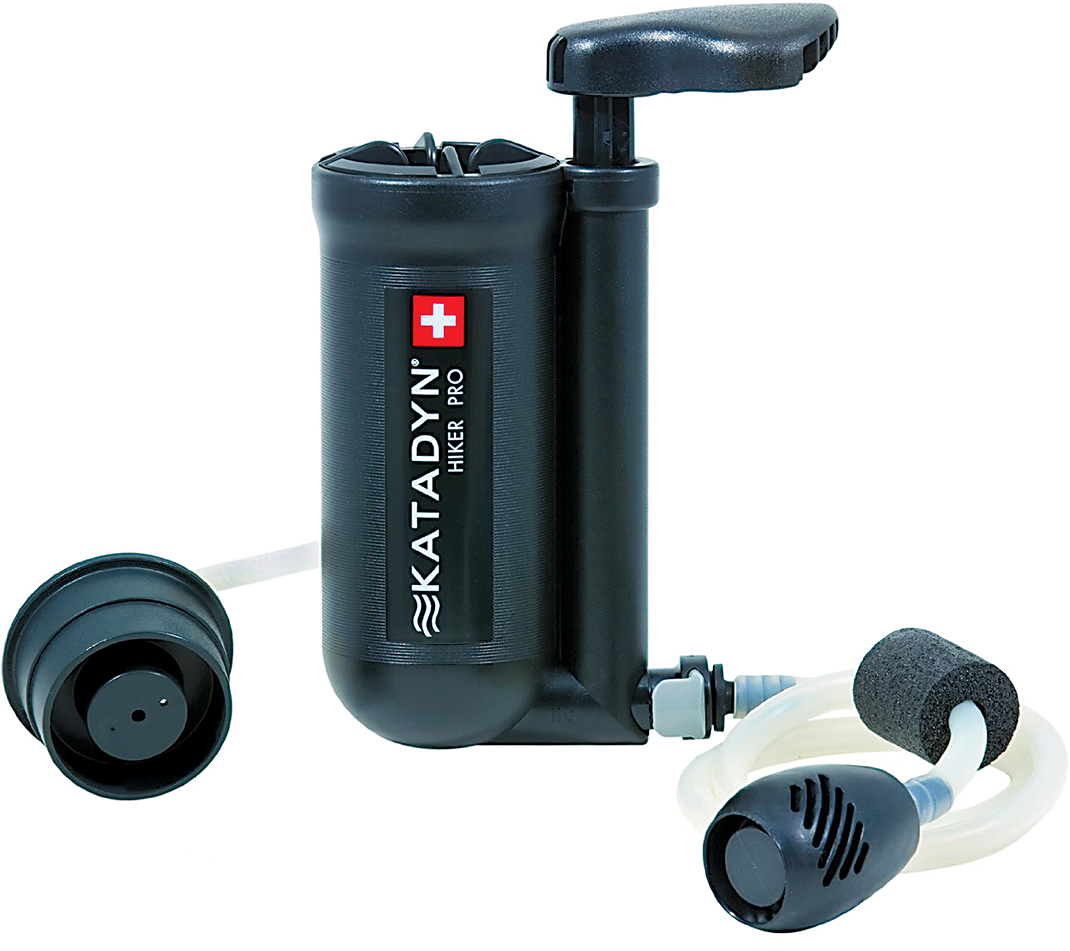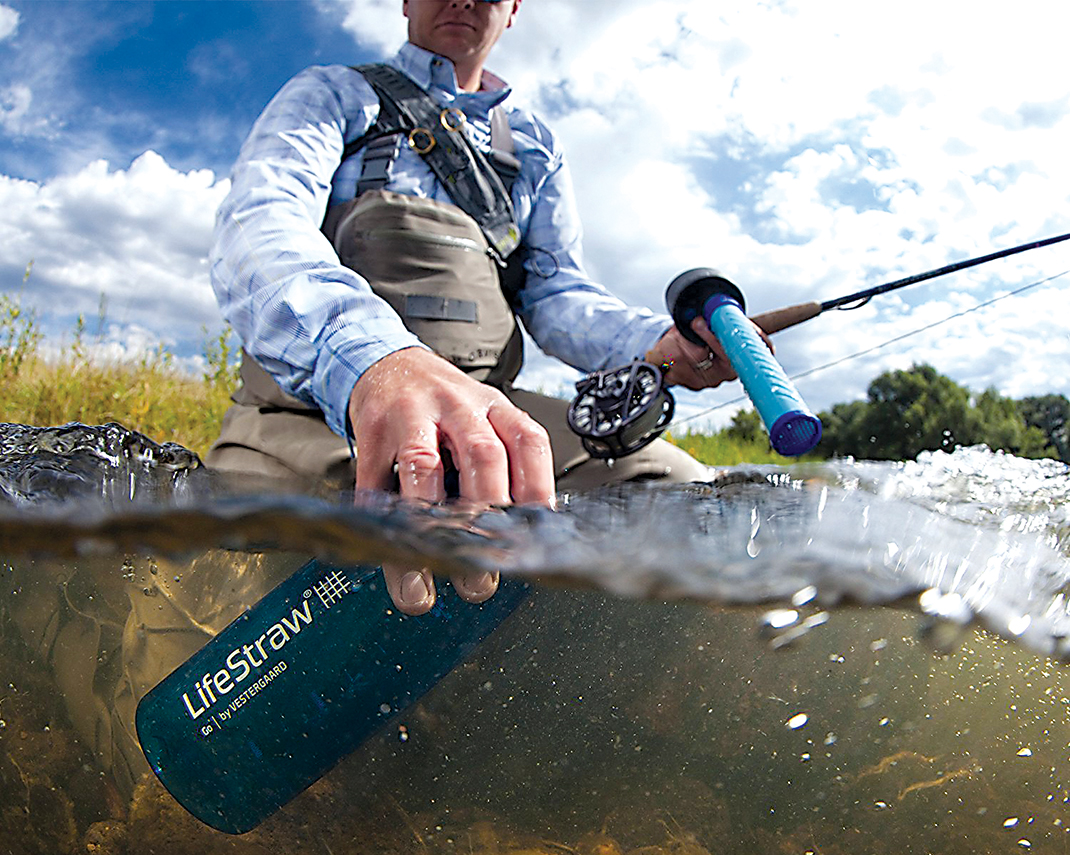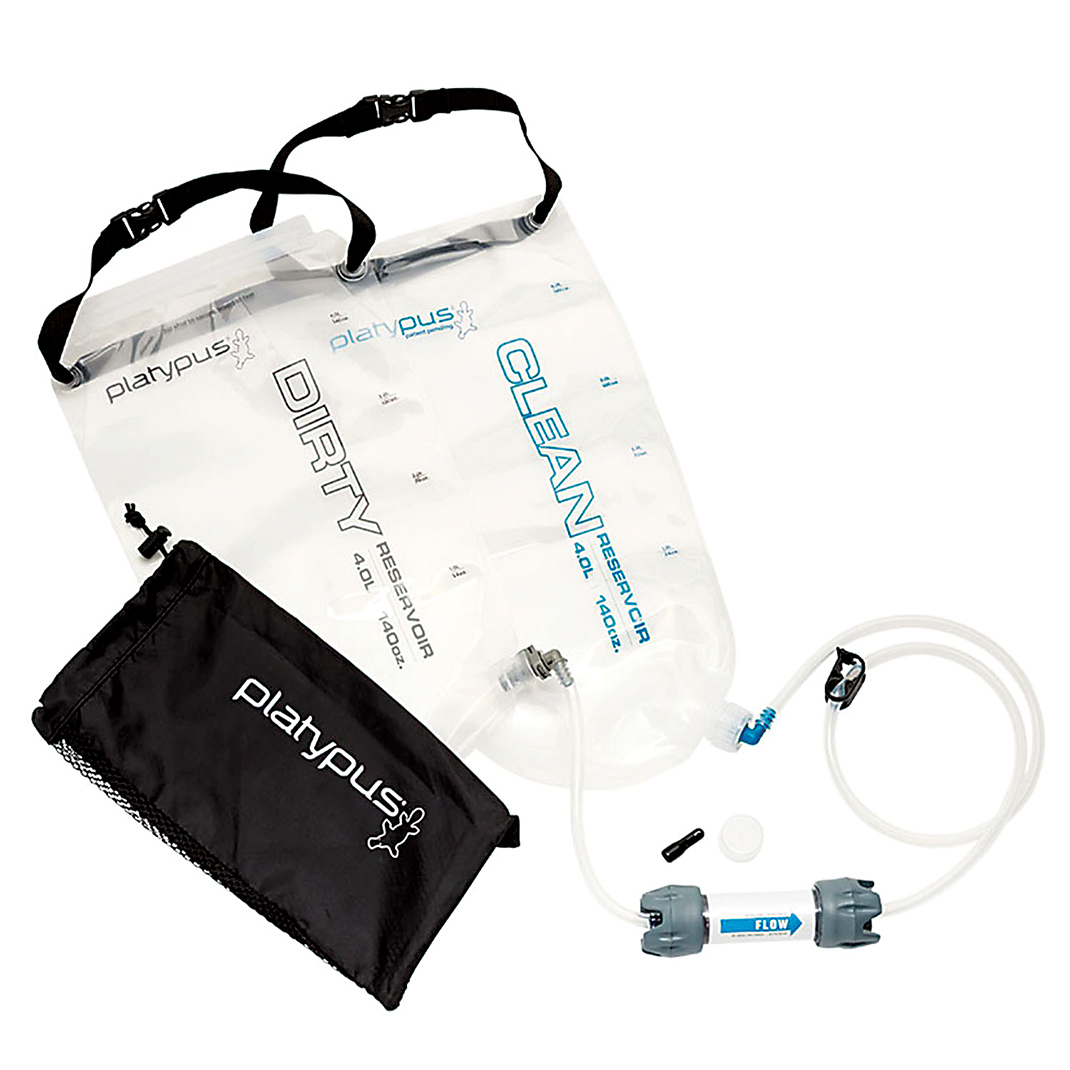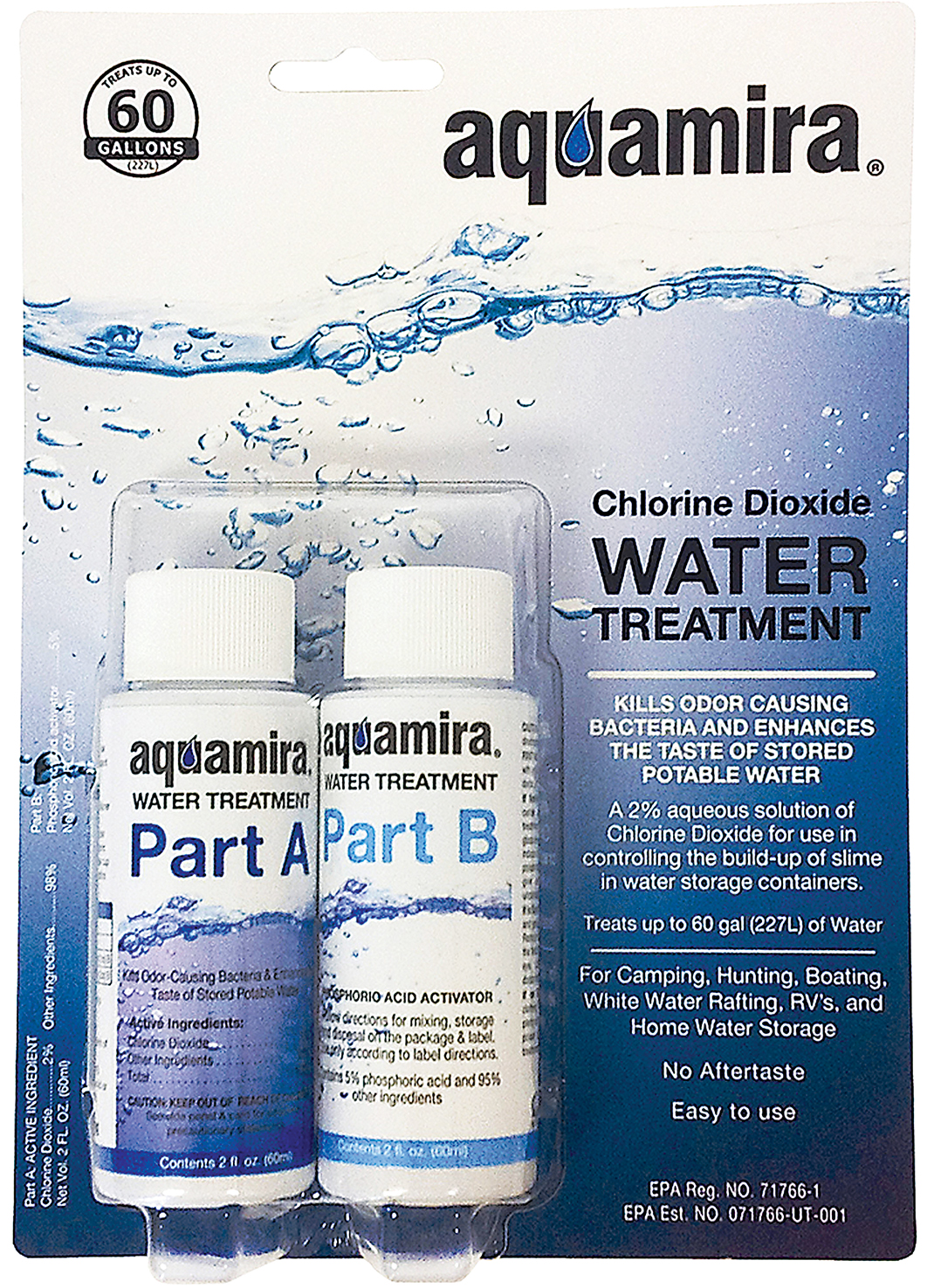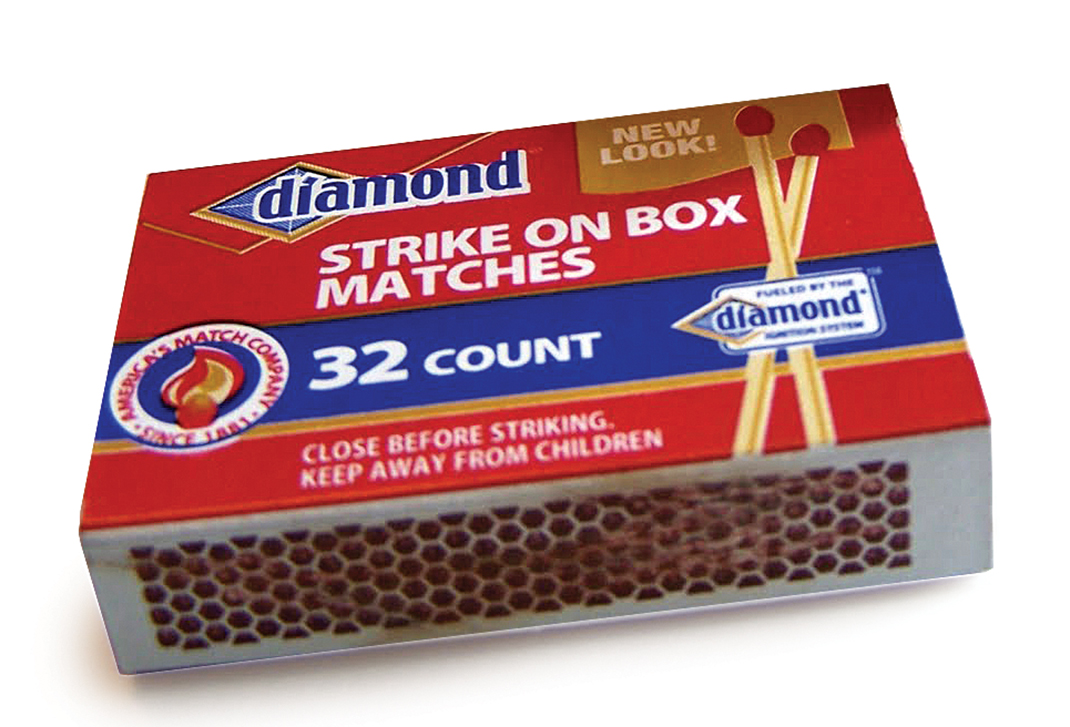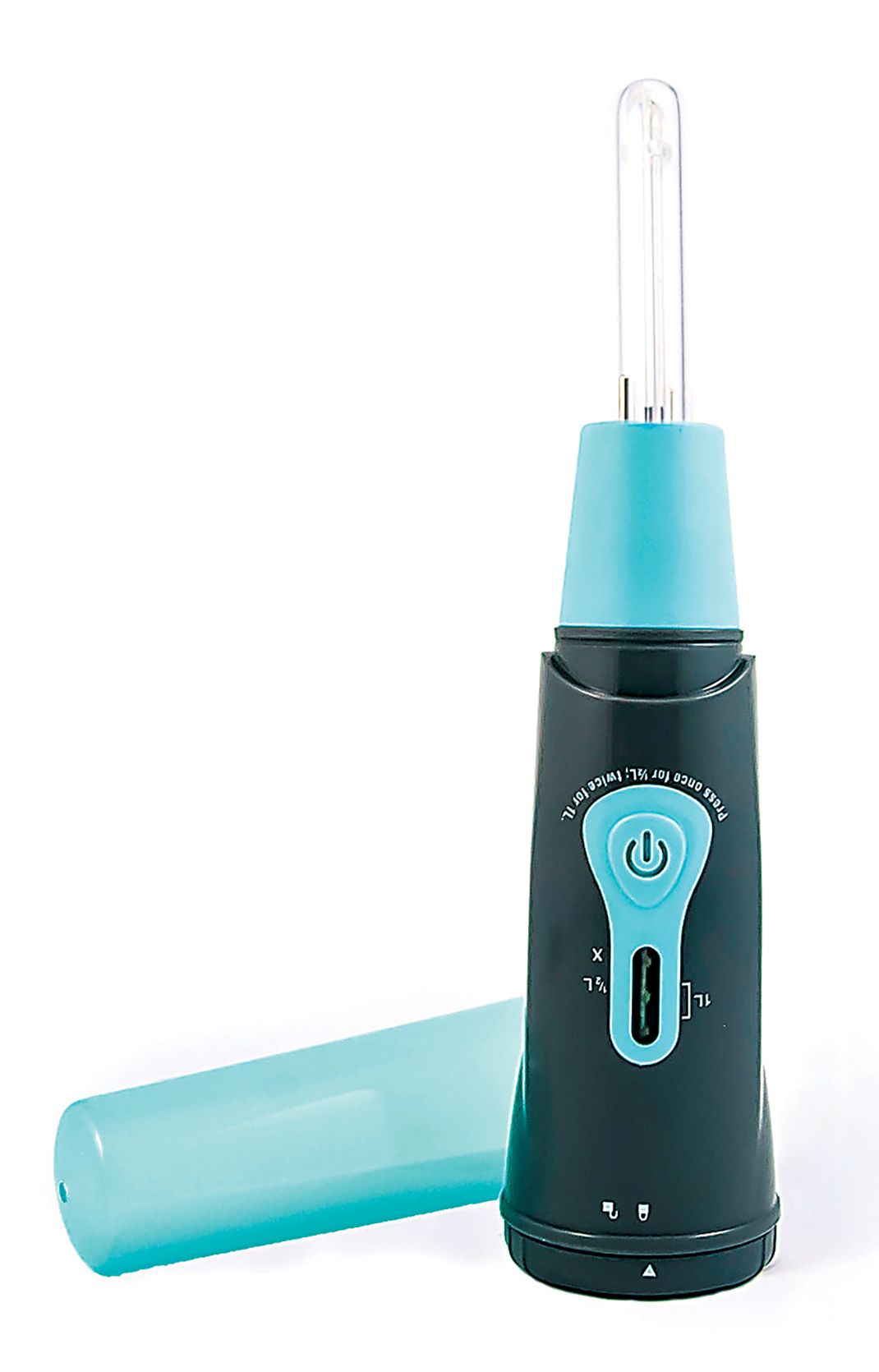That babbling brook you set up camp next to looks clean, right? That clear, running water has to be safe to drink, right?
Wrong. No matter how fresh that natural spring looks, runoff, animal waste and flood waters can contaminate it with various parasites and bacteria. All outdoor water sources need to be treated. The question is, how?
Though there are a number of options available, they generally fall within two categories: filter or purifier.
Filters pass water through extremely fine mesh strainers that can catch bacteria and protozoans, as well as particulates and sediment. Purifiers cleanse the water typically by using some sort of chemical, commonly iodine. Ultraviolet light will also purify water in this way. Purification will destroy all harmful bacteria and viruses in the water, but is ineffective against straining the water of sediment.
Here is a quick overview of the various options within each category to make water drinkable on your next camping trip.
Water Pump
Example: Katadyn Hiker Pro Microfilter, $85
Pros:
» Pumps multiple gallons of water, making it useful for a group outing.
» Will purify water from even shallow or stagnant water sources.
» Battery-free.
Cons:
» Pump and filter have to be cleaned after use to ensure proper filtration.
» Pumping can be somewhat time-consuming, depending on model.
» Increased bulk means it's less portable than most purification systems.
» Expensive.
LifeStraw
Example: LifeStraw, $20; LifeStraw Go, $35. Another manufacturer, Lifesaver, boasts virus filtration for its Lifesaver Bottle 4000UF, which costs $100.
Pros:
» Lightweight and portable.
» No need to carry extra water - which can be heavy. Simply find a water source and drink.
» Inexpensive.
Cons:
» Can't drink away from water sources unless you purchase the more-expensive LifeStraw Go.
» Doesn't filter away viruses - important if traveling abroad.
» Ineffective for a group.
Gravity Filters
Example: GravityWorks 4.0L water filter system, $120
Pros:
» No effort required; gravity pulls the water down through a purification filter.
» Large water reservoirs mean you can purify water for a group of campers.
» Compactable and foldable for easy storage.
Cons:
» Large quantities of water can take time to filter.
» Most models don't purify out viruses.
» Expensive.
» Can be difficult to find a place to hang it.
Purification Tablets/Drops
Example: Aquamira Water Treatment Drops, $15
Pros:
» Lightweight and portable. Can be carried in a first aid kit or your pockets.
» Inexpensive, especially compared to other methods.
» Easy to bring along in case another water filter fails or breaks.
Cons:
» Slow. Tablets take at least half an hour to work, and even longer for cold water. Drops are quicker, but still slow.
» Iodine is ineffective against cryptosporidium and giardia, the two most common waterborne protozoa.
» Tablets have limited shelf life after being opened.
» Can't purify large amounts of water.
Boiling
Example: Diamond 32-count match box, $2
Pros:
» Cheapest possible solution. No tools outside a fire-starter required.
» No effect on water's taste.
» Effective against all microorganisms, including viruses, and is 100 percent guaranteed.
» Will work regardless of clarity of the water.
» Can boil large quantities early in the morning to last the day.
Cons:
» Very time-consuming and inefficient. Needs to be done in batches if serving multiple people.
» Uses up fuel if using a camp stove, and will leave a mark on the environment if using a fire.
» Have to wait for the water to cool to drink.
Ultraviolet light wand
Example: SteriPEN Aqua, $50
Pros:
» Lightweight and very portable.
» Fast. UV light purification only takes a few minutes at most for a large water bottle.
» Simple to use. Simply stir the water with the illuminated wand.
Cons:
» Wands only treat single servings. Less useful for a group.
» More expensive than less technical purification methods.
» Battery-powered.
» Ineffective for purifying sediment-heavy or cloudy water.

